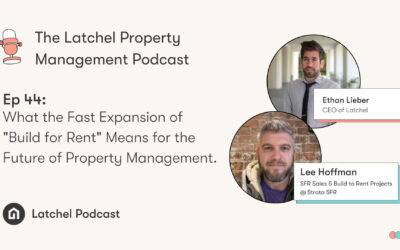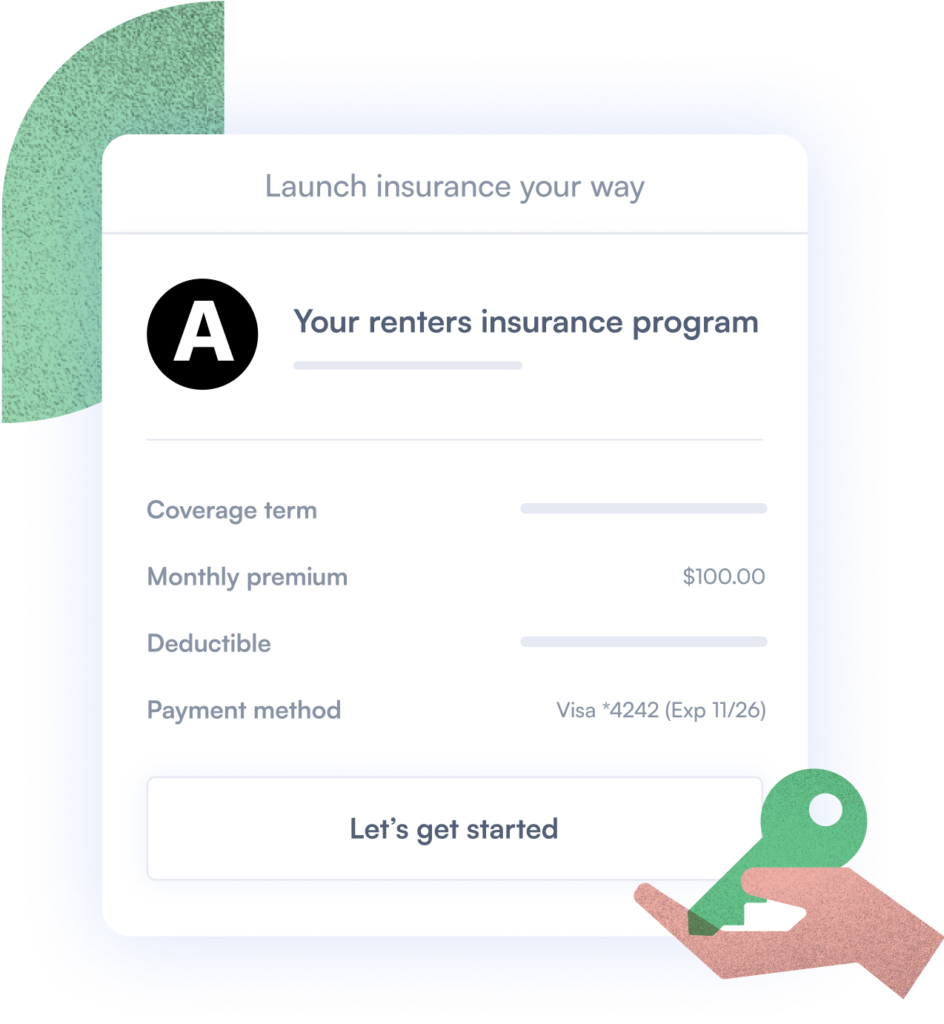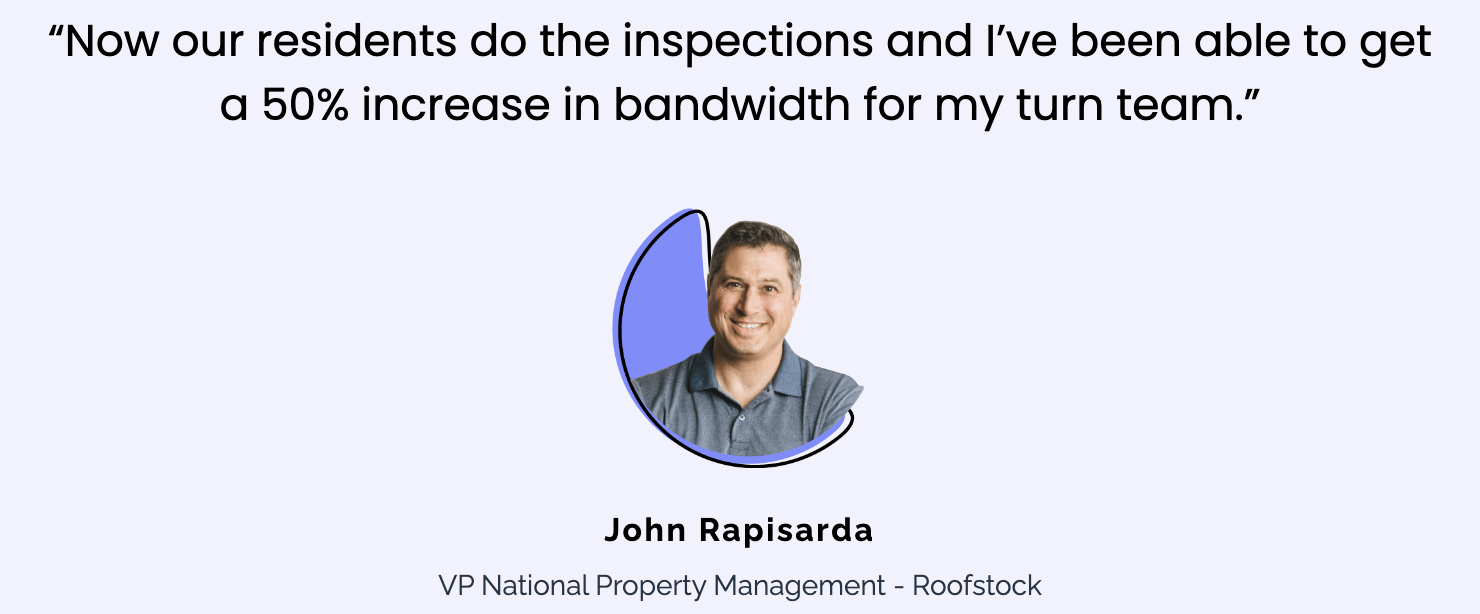These should be happy times for the housing industry. The market is booming, with more people working at higher pay, and with the large millennial generation reaching the prime home-buying age.
Home prices haven’t declined nationally, at least based on the most commonly followed indexes. However, their rate of growth has declined, and more and more home sellers are finding they need to reduce asking prices to discover a buyer.
Given how fundamental housing is to the wider economy — it is the largest driver of both wealth and indebtedness for the majority of households, and its changes have regularly been significant factors in past booms and busts — this recession is not something to be taken lightly for anybody hoping the good times will last.
So what’s happening?
When you look carefully at the data, it seems that this paradox of a strong economy and a weak housing market is, at its heart, an example of a basic rule in economics: If something can not go on forever, it won’t.
Home prices in a specific location are finally tethered to the incomes of those men and women who live there or want to. However, for much of the past six decades, that relationship has come undone.
The gap is even bigger in the large coastal cities with high salary and booming job markets, but where legal and other barriers make it challenging for builders to increase the supply of houses.
In less high-flying markets, there was a disconnect.
Those climbing home prices got assistance from years of very low mortgage rates, which place more costly homes within reach for individuals at a particular income level. Activity was also likely boosted by a few bounce-back effect following the housing market crash of 2007-09, a consequence of pent-up demand for houses which weren’t purchased while the market was falling.
Rates bottomed out in late 2012 in 3.31 percent for a 30-year fixed-rate mortgage. They’ve been moving upwards in fits and starts since, for example a full percentage point in the past year alone to almost 5% — still low by historic standards, but high in comparison with the ultralow levels that had allowed these massive price gains.

The Current Housing Ecosystem
There is no doubt that demographics are favorable for housing requirements. The summit birth year for millennials was 1990; it is a group that’s turning 28 this year and therefore entering consecutive years for home purchasing. As it happens, 28 is the median reaction in a Bankrate survey that requested adults for the perfect age to purchase a house.
But that does not matter if costs are out of reach relative to volatility. Moreover, lending criteria have stayed more rigorous than they were during the last housing boom, so it’s been harder for people to extend to purchase a home. The inability of individuals to purchase homes they can’t afford is great news concerning avoiding another catastrophe, but not so good for the near-term outlook for home markets.
“Buyers can only stomach so many cost increases until it becomes unsustainable,” said Daryl Fairweather, the chief economist in the online broker Redfin. “Costs reached a breaking point where buyers have been fed up and began to consider other possibilities,” she explained, including leasing and moving away from the expensive coastal markets where costs are out of whack with incomes.
The Basic Economics of It
As Economics 101 teaches, price movements are the way that demand and supply match up with each other. But in the home industry especially, that alteration can take some time.
In comparison with the stock exchange, where relatively unemotional dealers are buying and selling stocks daily and the market remains liquid, home sales and purchase decisions can take weeks and are deeply emotional for its participants.
What appears to be happening is that sellers are attempting to cling to the spring 2018 costs their neighbors obtained, while there are not enough buyers in late 2018 prepared or able to pay those costs.
At a Fannie Mae survey of home purchase opinion, the percentage of people who believe it’s a fantastic time to purchase a house has diminished significantly since the spring, to a web 21 percent from 29 percent. But so has the proportion who believe it’s a fantastic time to market, which has fallen to 35 percent from 45 percent.
You’d expect, in a zero-sum trade like a house sale, for those amounts to proceed in opposite directions. Instead, it appears that sellers are unhappily realizing they aren’t likely to get exactly what they thought their home was worth six months before, and buyers still believe houses are too expensive.
That helps explain why trade volume, particularly for new homes, has dropped substantially while costs have not (at least yet). It is a standoff. And the results of the standoff will, in the aggregate, play a part in shaping the future of this market.
There’s precedent for this, and it is not a happy one. In the last housing boom, new home sales peaked in July 2005, and home prices did not begin falling until May 2006. It didn’t begin to hurt the entire market until December 2007, once the damage had spread via an overleveraged global financial system.
But that does not mean this incident must end in tears. Home prices aren’t nearly as out of line with incomes as they were then; speculative activity has not been nearly as frothy, and consumer debt levels are considerably more measured.
What is on the road ahead?
“I believe income growth will help us get from the period,” stated Robert Dietz, the chief economist at the National Association of Home Builders. “We’re probably looking at a stage where existing home sales volume is flat to declining, and it now looks like 2017 was the summit for trade volume.”
A powerful (nonhousing) market makes it more probable that this home slump will end with no steep 2008-style downturn. So does the simple reality that young adults are forming families and require a place to house them.
But in the meantime, it may be a soft month or two or even years of standoffs between sellers and buyers, with the large question of which comes first: sellers who settle for less after recognizing that the price they thought they would get is beyond the range of buyers or incomes which catch up with a home market that got a little ahead of itself.














